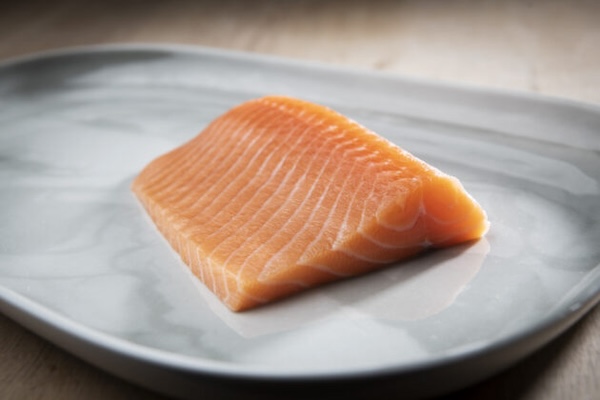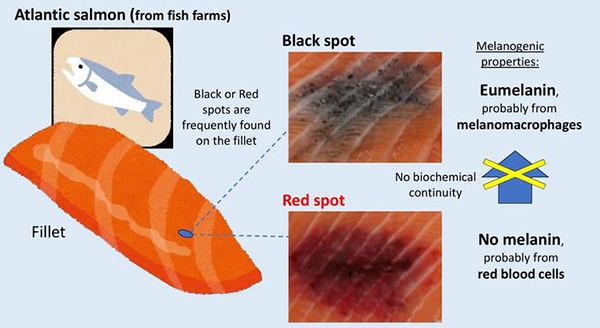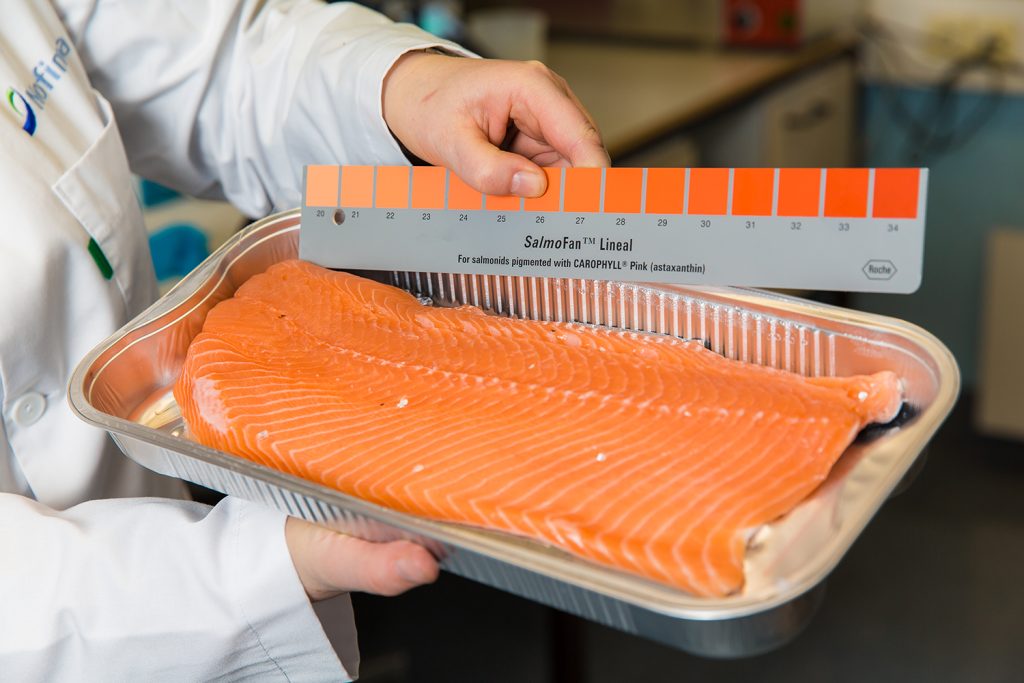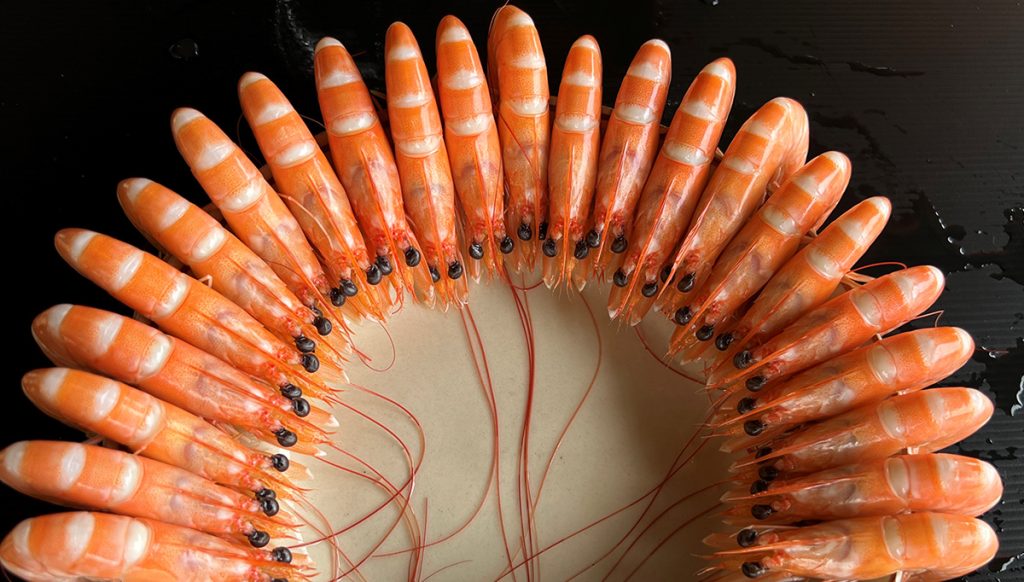Nofima study reveals that mechanical delousing and fast growth negatively impact salmon fillet color

Food research institute Nofima has completed a comprehensive study on the pigmentation of farmed salmon, uncovering potential challenges that could impact the color quality of the fillets. According to the scientists, this mapping provides valuable data for fish farmers and insights into some solutions that can be further explored.
Funded by the Norwegian Seafood Research Fund (FHF), the study reveals that repeated mechanical delousing affects salmon fillet color, something that hasn’t been documented before. This could happen because stress might cause the fish to break down antioxidants (like astaxanthin) faster. Another reason might be that stressed fish eat less, leading to lower slaughter weight, which also impacts salmon fillet color. If fish are slaughtered at a lower weight to avoid more delousing, this further deteriorates the color.
The findings are based on 2023 questionnaires from the Norwegian seafood industry, fillet color data from 2012 to 2023 and Nofima’s R&D licenses.
“There is a high degree of correlation between what the fish farmers report in the questionnaire and what we observe affecting pigmentation in the data analysis, so there is reason to believe it provides a realistic picture of the situation,” said Trine Ytrestøyl, Nofima senior scientist.
Not all fish farmers perceive inadequate fillet color as an issue. Some report only 2 percent of fish are affected, while others see problems in 20 to 40 percent of their fish. The target color varies too, with some aiming for 24-27 on the SalmoFan scale and 5-7 milligrams of astaxanthin per kilogram of fillet.
Historical data shows that the color of Norwegian salmon has decreased between 2012 to 2021, with a slight improvement after that. However, there’s now more variation in fillet color, indicating that some farmers have more pigmentation issues than others.
Almost all respondents had taken measures to improve salmon pigmentation. There is more astaxanthin in the feed (50–70 mg per kg) than before and some fish farmers also have more of the omega-3 fatty acids EPA and DHA as well as vitamins in the feed.
“This has had a positive effect, but it is expensive, and we have tried to find out what leads to inadequate pigmentation,” said Ytrestøyl.
There are seasonal variations in salmon pigmentation, and this can be considered when planning production. Very rapid growth resulted in poorer pigmentation, while the color increased with greater slaughter weight. There was also a clear negative effect from many mechanical delousing treatments.
“This has not been shown before, although it has been mentioned as a possible cause of poor fillet color,” said Ytrestøyl.
Nofima scientists were surprised by the significant color differences at slaughter between fish from different hatchery suppliers. They plan to investigate further to understand how the hatchery phase affects pigmentation levels at the time of slaughter.
Now that you've reached the end of the article ...
… please consider supporting GSA’s mission to advance responsible seafood practices through education, advocacy and third-party assurances. The Advocate aims to document the evolution of responsible seafood practices and share the expansive knowledge of our vast network of contributors.
By becoming a Global Seafood Alliance member, you’re ensuring that all of the pre-competitive work we do through member benefits, resources and events can continue. Individual membership costs just $50 a year.
Not a GSA member? Join us.
Author
Tagged With
Related Posts

Health & Welfare
New research explains what black and red spots on salmon fillets indicate
Black spots on salmon fillets differ in origin from red spots, prompting scientific exploration beyond just bleeding causes.

Intelligence
The color of salmon: How fish farmers can add value by focusing on pigmentation
Are Norwegian salmon fillets getting paler? Researchers there are poring over pigmentation data to find commonalities in the color of salmon.

Intelligence
It pays to be pink: Farmed shrimp production chain protects its price points with pigmentation
Shrimp color is critically important because of the visual impact and the ability to command higher prices. To some, it’s also a signal of good health.

Intelligence
Pond production practices linked to yellow coloration in catfish fillets
The yellow coloration in catfish fillets caused by carotenoids does not affect flavor, but many consumers see the yellowish fillets as inferior.



